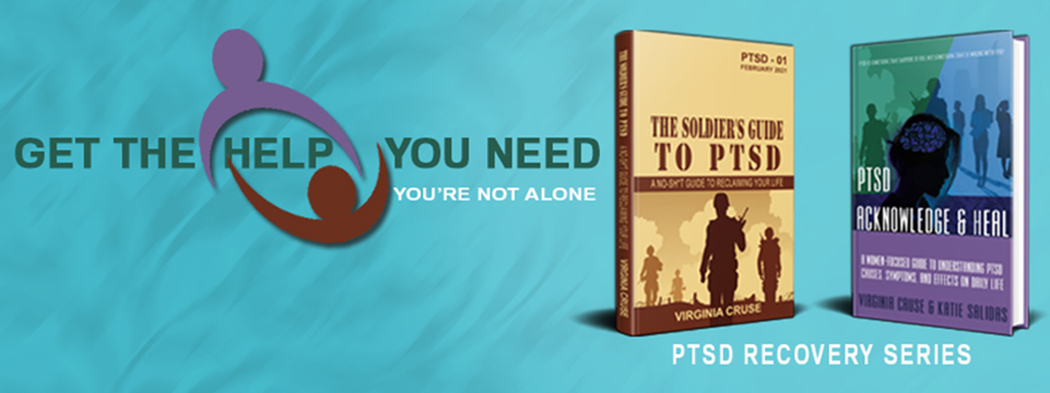“Moral distress arises when one knows the right thing to do, but institutional constraints make it nearly impossible to pursue the right course of action.”
Moral distress was first recognized among nurses, and the
majority of studies have focused on this population. It is important to note
that moral distress is not solely a nursing problem. This is particularly
prevalent in disaster response situations, where responders are exposed to
unsafe environments, overwhelming workloads, and where existing ethical
guidelines are not equipped to handle the complexity and pressure of a
disaster, and do not adequately address the needs of first responders.
Despite the patient's decision, EMS providers must respect
their choice, even if it may result in their death. One common ethical
challenge arises when competent patients refuse assistance that could benefit
them. EMS providers may feel a sense of duty to respond and may struggle with
moral responsibility to provide care, even if the patient denies treatment or
transport- regardless of medical advice.
The central element in moral distress is the individual’s
feeling of powerlessness and their inability to carry out what they believe is
ethically right.
Moral distress is a significant threat to an individual’s
core values, leading to a sense of inner turmoil and damaging their moral
integrity.
Over time, this distress can accumulate and result in feelings of helplessness, shame, compromised ethical standards, and emotional pain. It can occur in two stages: “initial distress” at the time of the issue and “reactive distress” later on. Even after the reactive stress subsides, it may leave behind a lasting impact known as “moral residue,” which can have a negative cumulative effect on mental well-being. This psychological suffering can also manifest into physical symptoms and contribute to chronic illnesses.
One of the main challenges in addressing moral distress is
identifying it in the first place:
New or worsening
headaches, heart palpitations, & gastric upset
Lingering anger
Feelings of guilt
or shame
Withdrawal and
depression
Unfortunately, EMS personnel, like other first responders we’ve discussed, are often the last to admit they need help, as it goes against their role as providers of support rather than recipients. Seeking help is often stigmatized or seen as a weakness in this community, where toughness is essential. However, it is crucial for first responders to know how and where to find help.
Support mechanisms, the removal of the stigma associated
with experiencing emotional distress, and education about good mental health
being just as important as good physical health need to be available and easily
accessible to all first responders.
*****
“If you believe change is possible, you want to change, and you are willing to do the work, you absolutely CAN get your life back.”
Get your copy of The Soldier's Guide to PTSD, The Soldier's Workbook,





